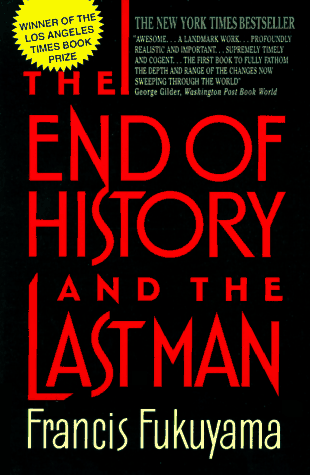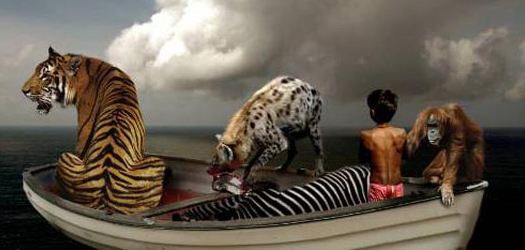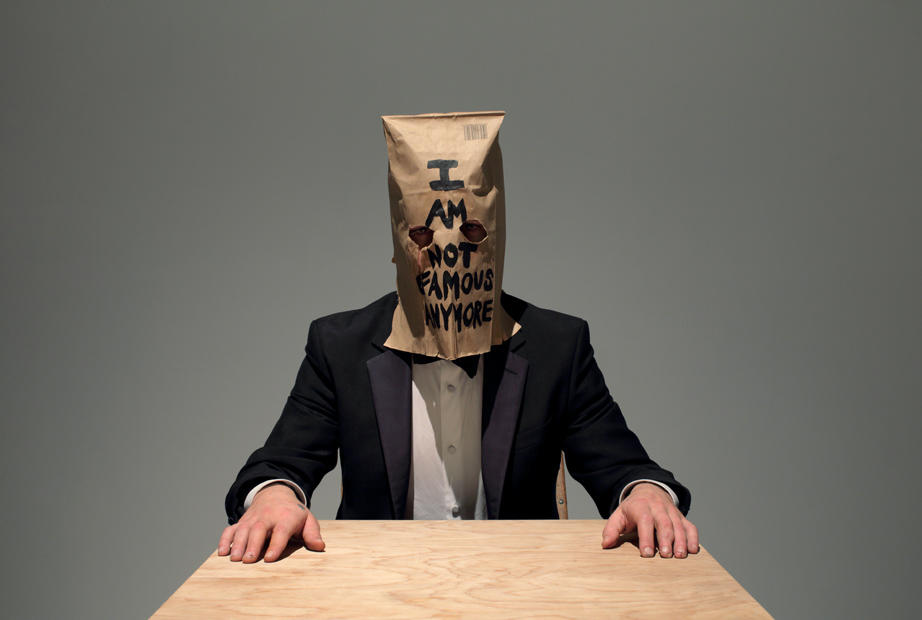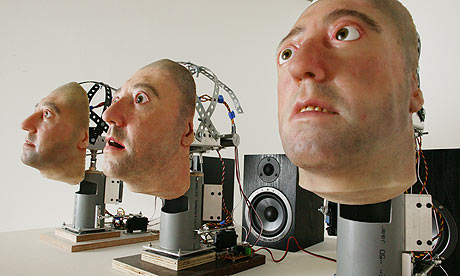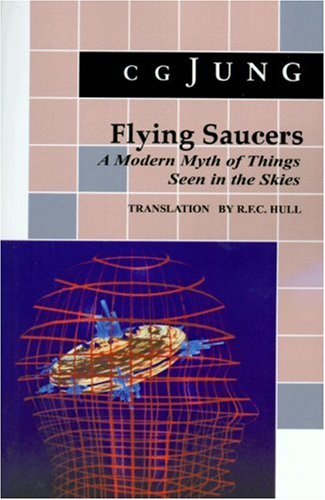My interpretation of the notes I made during the lecture by de Toledo:
Our times are defined by horizontalism vs verticalism. The Berlin wall was a perfect symbol of verticalism and violence. (For most Russians this was a dramatic event though, the coming into contact and experience with democracy). If I remember correctly, he tells a story of a cellist playing music during the fall of the Berlin Wall. But as he plays, people start throwing coins at the cello master. Suddenly the master turns into a beggar… There is a certain sense of the dialectic between horizontality and verticality to the story. In a later lecture the story of the grasshopper and the ant was recalled, one of Aesop's fables. The grasshopper was singing during the warm summer months while the ant was working hard. When winter came, the grasshopper was dying on the streets, knocked on the door of the ant, but the ant refused help and told the grasshopper to dance during the winter. Now, is the ant a flawed character, yes or no?
Horizontality can be understood as a Habermasian understanding of democracy.
Dialectic can be linked to concept of vertical individualism/vertical collectivism/horizontal individualism/horizontal collectivism.
Airport as a symbol of globalism. See also "non-places" as defined by Marc Augé, to refer to places of transience that do not hold enough significance to be regarded as "places".
There was an endless repetition of 9/11 on our television screens. The images were and are repeated endlessly and ingrained into our brains and collective understanding. We could say that this repetition of (mass) media itself is in a loop. There is no beginning or end to the narrative. It's mostly repetition. Media is one of the causes of an end of history.
There are no ends to myths itself either; they are circular in time. Eliade suggests that the abandonment of mythical thought and the full acceptance of linear, historical time, with its "terror", is one of the reasons for modern man's anxieties.
End of history should be understood not as Hegelian, but rather Kantian: reaching eternal peace, as according to Toledo. Perhaps this could be mixed by Eliade's understanding of myth and the concept of eternal return.
He came up an example. When he reads stories to his children, the children do not want the story to end. But what do they actually want, a continuation of the story or the story to be repeated? Toledo says there is always expectation. At the end comes a new beginning.
One of the slides from the lecture by de Toledo.
2001 was the beginning of the end of Fukuyama. Has history begun again after 2001?
La chute de Fukuyama/The Fall of Fukuyama examines catastrophe and the relationship between humans and History.
The opera takes place simultaneously before, after, and during the attacks of September 11, 2001: that is, between the dream of eternal peace and the return to war, between the memory of the 20th century and the general fiction of the 21st. In several languages, the travelers follow History as it unfolds in the distance on the plasma screens they wander in front of. Between fear, stammering, and madness, they reflect upon the first years of the 21st century, years of war during which the real took on the form of total fiction. The travelers in The Fall of Fukuyama want to act on History, tie themselves to it – but they remain helpless.
http://chutedefukuyama.com/en/
The Neverending story is about reinterpreting tradition, which sounds a lot like something Eliade would say. There is a certain character in the story who is always looking forward to the future, a reopening of a new future. Again a focus on expectation. Expectation and hope is secularised nowadays, while the neverending story has a focus on magic and fantasy.
He argues we have to take a look at the totem instead of the narrative, simply to get rid of the end narrative. The totem maintains the order of law. It is stable. The symbol of the totem can be exchanged by the myth I think.
One of the other slides was a sort of comic strip of Fukuyama falling. de Toledo imagines Fukuyama as a voodoo doll in a shamanistic practice.
A secularized expectation can be found in the 2008 Obama campaign. Focus on themes such as Hope and unity.
He ends with the question how to bring back history in Europe.
One of the panel members ends his story by saying:
"We're all mayflies in the course of history."
During the symposium Shia Labeouf was running a "metamarathon" around the Stedelijk.
